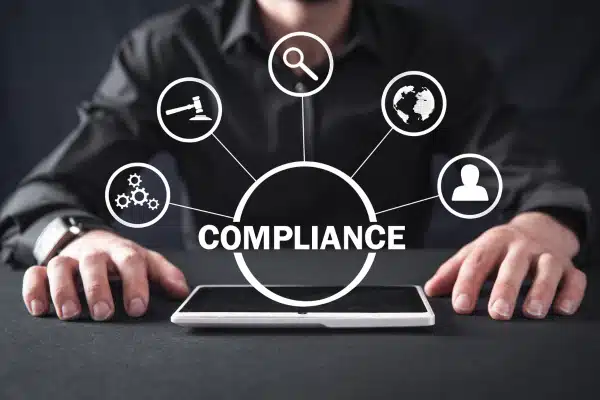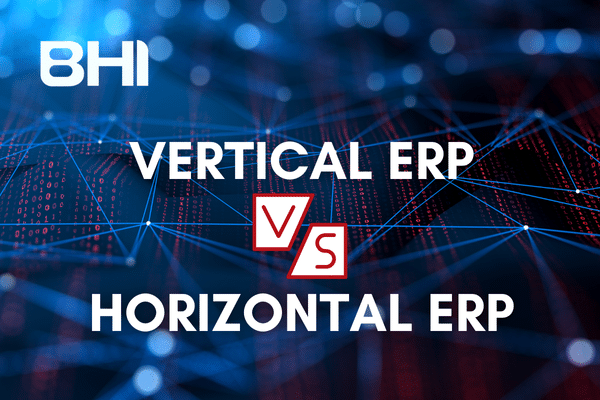In 2025, cybersecurity and regulatory compliance are no longer mere concerns, but strategic pillars for companies of all sizes. With the rise of sophisticated cyber-attacks and ever-changing regulations, Chief Information Officers (CIOs) need to take a proactive approach to protecting their organizations. This guide explores the key trends, major challenges and innovative solutions shaping the future of cybersecurity and regulatory compliance.
The New Cybersecurity Challenges of 2025
1. The Emergence of AI-fueled Cyberattacks
Artificial intelligence (AI) has become a double-edged sword. In 2025, cybercriminals are using AI to design sophisticated attacks, such as ransomware capable of adapting its behavior to bypass traditional defenses. This includes:
- Automated attacks that exploit vulnerabilities in seconds.
- Personalized phishing campaigns, making fraudulent e-mails almost undetectable.
To counter these threats, companies need to integrate AI-based cybersecurity solutions capable of identifying anomalies in real time.
2. The expansion of multi-cloud environments
With the rise of multi-cloud environments, companies are adopting multiple providers (AWS, Azure, Google Cloud, etc.) for their infrastructures. However, this diversity complicates configuration management and exposes organizations to risks such as :
- Security breaches due to configuration errors.
- Scattered, sometimes poorly protected or non-compliant data.
One solution is to use centralized multi-cloud security management platforms to monitor and correct vulnerabilities.
3. Stricter data regulations
Governments around the world continue to tighten their data protection laws. For example :
- RGPD 2.0 imposes increased requirements for transparency and management of biometric data.
- Local laws, such as the California Privacy Rights Act (CPRA), introduce stiffer fines for non-compliance.
To find out more about cybersecurity best practices and regulations, consult the resources of the Agence Nationale de la Sécurité des Systèmes d’Information (ANSSI).
Key regulations to know in 2025
1. RGPD 2.0: A Necessary Evolution
Since its update, RGPD 2.0 includes specific requirements on the use of biometric data and AI algorithms. Companies must now :
- Obtain explicit consent for any collection or use of sensitive data.
- Provide detailed information on how the algorithms used work.
2. Digital Services Act (DSA)
Adopted by the European Union, the DSA imposes new responsibilities on digital platforms, including :
- Enhanced moderation of illegal content.
- Increased protection of user data, especially for minors.
3. Cyber Resilience Act
The Cyber Resilience Act, adopted in 2024 by the European Union, aims to strengthen business resilience to cyber threats. In particular, it requires :
- Regular security audits for software suppliers.
- An obligation for companies to report any major incident within 72 hours.
Technology trends to watch
1. AI-powered cybersecurity
AI transforms cybersecurity in 2025. AI-based tools enable :
- Analyze massive volumes of data to detect anomalies.
- Automate incident response, reducing reaction time.
2. Security for Connected Objects (IoT)
With the explosion of IoT devices, companies need to take specific measures to protect these often vulnerable devices:
- Regular firmware updates.
- Network segmentation to limit the impact of attacks.
3. Post-quantum cryptography
The era of quantum computers is approaching, and with it the need to adopt post-quantum cryptography systems to protect sensitive data against future attacks.
Best Practices for CIOs in 2025
1. Adopt a Zero Trust approach
The Zero Trust model is based on a simple principle: never trust by default. This includes :
- Strict identity verification prior to access.
- Continuous monitoring of user activities.
2. Invest in continuous training
As employees are often the target of cyber-attacks, regular training is essential to :
- Recognize threats such as phishing.
- Apply good security practices on a daily basis.
3. Implement Cyberattack Simulations
Simulations enable companies to :
- Test the resilience of their systems.
- Identify vulnerabilities and train teams to react effectively.
The Importance of Data Governance
Data governance has become a fundamental issue. Here are the priority actions for companies :
- Map data: Identify its location, use and sensitivity.
- Implement retention policies : Keep data only for as long as necessary.
- Ensure transparency : Communicate to users how their data is collected, processed and protected.
To find out more, read our full article on data governance.
Advances in Incident Management
In 2025, incident management is based on three key steps :
- Early Detection : Use real-time monitoring systems to identify threats as soon as they emerge.
- Rapid Response : Deploy predefined response plans to limit damage.
- Post-Incident Analysis : Learn from incidents to strengthen defenses and prevent recurrence.
Conclusion
In 2025, companies face growing cybersecurity and compliance challenges. However, these challenges can be turned into opportunities through a proactive approach, judicious technology investments and collaboration with experts. By keeping abreast of trends, adopting best practices and complying with regulations, organizations can not only protect themselves, but also strengthen their organizational resilience.

















